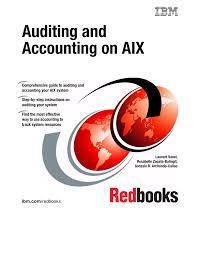Question
Consolidated Statements of Financial Position (partial) (In millions of Canadian dollars) As at December 31 Note 2017 2016 Assets Current assets: Accounts receivable 14 2,041
Consolidated Statements of
Financial Position (partial)
(In millions of Canadian dollars)
As at December 31
Note
2017
2016
Assets
Current assets:
Accounts receivable
14
2,041
1,949
Inventories
15
313
315
Other current assets
197
215
Current portion of derivative instruments
16
421
91
Total current assets
2,972
2,570
The receivables turnover and collection period for Rogers Communications Inc. were calculated in this chapter, based on the company's financial statements for the 2017 fiscal year. Portions of these financial statements are presented in Illustrations 8.11 and 8.12.
Instructions
a.
Calculate Rogers' receivables turnover and collection period for the 2016 fiscal year. Gross accounts receivable for 2015 was $1,878 million.
b.
Comment on any significant differences you observe between the ratios for 2017 (as calculated in the chapter) and 2016 (as calculated by you above).
c.
The gross accounts receivable are used in the calculation of the receivable turnover ratio. What amount represents the realizable value of accounts receivable?
d.
Rogers Communications reports the following regarding accounts receivable in the notes to consolidated statements: As at December 31, 2017, $489 million (2016-$541 million) of gross accounts receivable are considered past due, which is defined as amounts outstanding beyond normal credit terms and conditions of the respective customers.
1.
Refer to the aging of customer records for Rogers Communications presented in Illustration 8.11. Which categories does the company use to determine the amount considered past due?
2.
What percentage of total accounts receivable does this past due amount represent?
e.
Using your answers in parts (a) through (d), what is your assessment of the company's effectiveness in collecting amounts owing from customers? Include in your assessment points about the accounts receivable turnover ratios, collection period, and the amount past due.
Step by Step Solution
There are 3 Steps involved in it
Step: 1

Get Instant Access to Expert-Tailored Solutions
See step-by-step solutions with expert insights and AI powered tools for academic success
Step: 2

Step: 3

Ace Your Homework with AI
Get the answers you need in no time with our AI-driven, step-by-step assistance
Get Started


